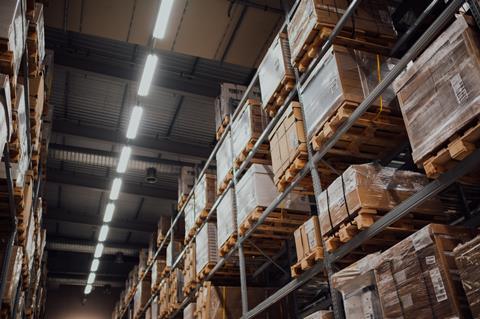
The ongoing Covid-19 crisis is exposing the fragility of many grocers’ supply chains. We’ve seen significant stock shortages due to the stellar demand for some product categories and the fact that grocers and their suppliers currently use algorithms to predict demand and plan the supply of merchandise accordingly.
These algorithms use historical data on customer behaviour, as well as other information such as weather prediction, upcoming major global events or the holiday calendar. Because these algorithms do not consider real-time information on store purchases, we’ve seen grocers unable to react quickly enough to the recent surge in demand.
In addition, logistics and the sourcing of groceries have become global and fine-tuned for ‘just in time’ delivery. This may bring high efficiency and low inventory levels, but it does not allow for unprecedented, large demand fluctuations.
While this approach worked pre-Covid-19, it will not work sufficiently in the future, where prolonged uncertainty, further potential lockdowns and the associated demand fluctuations will be commonplace. This crisis situation is forcing grocers to rethink their overall supply strategy and to upgrade their digital technology.
Grocers must evolve their technology to have a real-time and end-to-end view on the whole supply chain. This allows them to immediately detect trends, sudden demand surges and supply delays. In combination with in-store technology such as electronic shelf labels, they can react quickly by limiting the number of items that can be purchased by customers or raise prices for purchases starting at certain quantities. For example, to deter hoarding of in-demand items such as hand sanitiser, the first item could be priced at £1, the second at £2, and subsequent items at £5.
Supply chains also need to become more resilient. Rather than depending on one supplier for certain categories, grocers will need to have relationships with multiple suppliers, ideally distributed across geographies to avoid shortages in case of a Covid-19 resurgence in a certain area. Also, the safety stockpiles of essential products should be raised to more easily respond to peaks. Technology that provides an end-to-end view on supply can support in managing this complexity.
Grocers should also further invest in digital technology to make their omnichannel offerings more robust. Demand for online groceries has more than doubled for many grocers, and they have been struggling to keep their systems up and running – many forced to withdraw online delivery options for non-priority and new customers. As a consequence, they’ve missed a chance to sell even more online.
As the shift to online will likely last long after the crisis diminishes, grocers should act now to make their technology and associated supply chain more robust and scalable. By doing this, grocers will be able to better respond to demand peaks in future and offer consumers home delivery of goods that are not available in store. This restores consumer trust in grocers and reduces irrational purchasing behaviour, with an additional benefit of increasing customer loyalty and long-term revenue.
It’s now time for grocers to start their supply chain transformation and upgrade their digital technology. It’s those that do this well who will thrive in the new normal.



![XOXO-Product-Shot[ALL FLAVOUR]-Sky-1920x1080](https://dmrqkbkq8el9i.cloudfront.net/Pictures/274x183/4/9/2/355492_xoxoproductshotallflavoursky1920x1080_806584_crop.jpg)




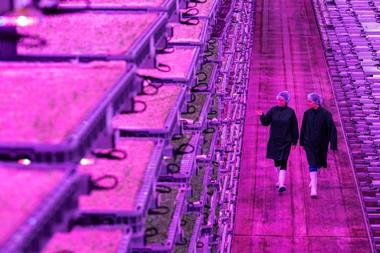
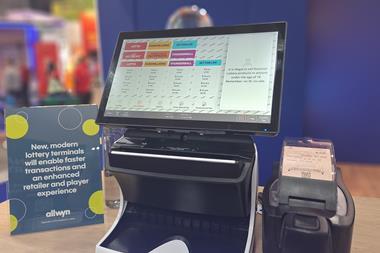

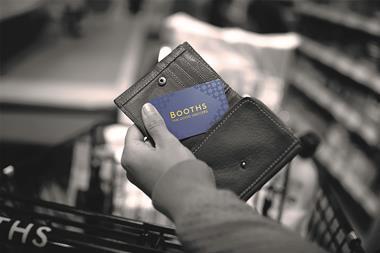

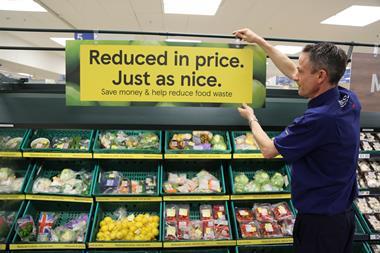

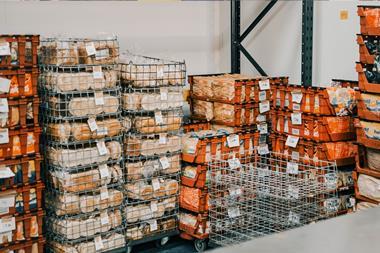



1 Readers' comment